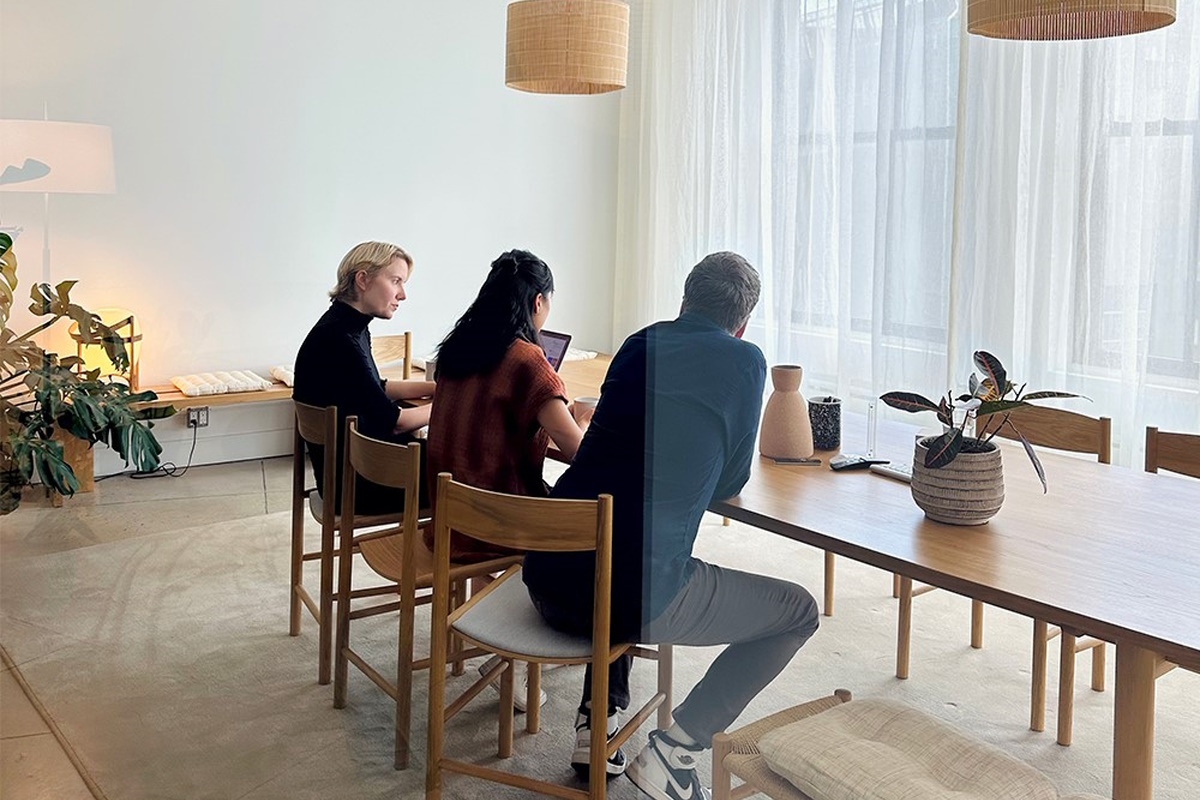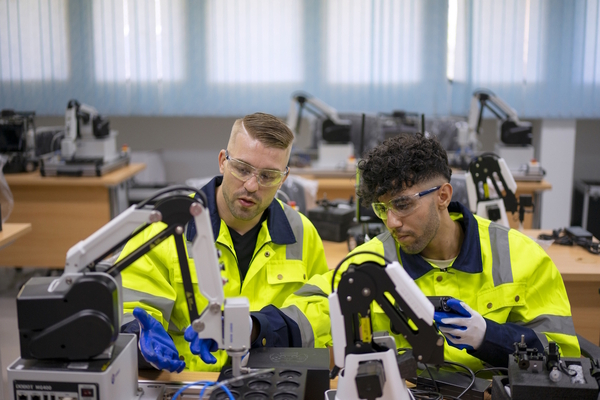Why a multi-leadership model will future-proof businesses

More than ever, business leaders need the vision and support of a collective leadership team, says Mikon van Gastel at Sibling Rivalry
Now is without doubt the most dynamic time I’ve experienced over two decades in the creative sector.
Emerging technologies are taking the daily working practices of most industries in new directions, AI is threatening to outperform humans, and new business is coming in from more diverse sources. In the brand design sector, our output is now less down to rigid deliverables, more about building strategies that propel companies forward.
Coupled with this, the pace of cultural change is faster than ever. We’ve come out the other side of a pandemic with a radically new landscape to navigate. The rising generation of talent is driven, outspoken and ambitious. We need to respond by hearing them and amplifying their voices and opinions in our work – otherwise we miss out.
It’s equal parts exciting and terrifying. There has never been a more challenging time to run a business. This is no longer a job for one or two people, so we recently appointed three new partners at Sibling Rivalry with an aim to get the responsiveness and points of view we need.
Here’s why I’d recommend a multi-leader model for any business that wants to attract the best clients and candidates and remain culturally relevant.
More internal touchpoints
When I was starting out, it wasn’t unusual to put in 15-hour days and Saturdays in the office. You worked in service of the company and leadership was top down. We just didn’t question it.
Today, having a single leader with their name on the office door is outdated. The new generation today aren’t just uncomfortable with the cult of individualism; they simply won’t invest energy in non-collaborative work that doesn’t serve the collective good.
When we co-founded Sibling Rivalry, Joe Wright and I made a conscious decision not to name the company after ourselves. Apart from avoiding any ego-play, we really wanted an open forum that would encourage healthy, bottom-up debate to drive the company and our clients forward.
As our team grows, Joe and I can’t be the sole funnels for a collective vision anymore. People gravitate towards different character types. This needs to be represented in the leadership mix for everyone to feel safe and heard.
We want to take stock of everyone’s thoughts and opinions, but it gets increasingly difficult to make decisions with so many voices. Having multiple points of view at the level where choices get made means you can still have an open forum but with a more effective decision-making process.
Increased reach and responsiveness
It isn’t just in the workforce that expectations are changing. Clients also expect new ways of working and collaborating. The make-up of the C-suite is shifting; for example in the brand advertising and design sector, many younger CMOs and CCOs are now moving client-side from agency backgrounds.
In the past, CMOs tended to look to their agency to define the brand for them. Now, the younger, more involved and hands-on CMO already knows exactly who they are. They want to work in partnership with agencies to galvanise that. Giving them access to the creative leadership of the company and the people handling project logistics at executive producer level is important. With multiple partner leaders from every discipline, it’s all right there for them.
A multi-leadership model extends an organisation’s reach for new business possibilities, which now come from multiple sources. When new work presents itself, businesses need to be able to respond collectively and flexibly to jump on every early-stage opportunity. Having multiple partners from different disciplines and departments facilitates the right conversations in more powerful ways.
A whole greater than the sum of its parts
While the right ingredients of a multi-leadership team will vary from in each organisation, getting a complementary balance of skills and personalities is important for every business. They’ll need to gel to create a whole greater than the sum of its parts.
This depends on getting the right breadth of background and expertise across the industries you speak to and the services you provide (or maybe those you want to diversify to offer in the future), along with a shared set of common values. At Sibling Rivalry, we chose partners who bring between them a mix of loyalty, drive, and obsessive appreciation of our craft. On our production side, we needed a leader in the field who could nurture the talent of both established directors and new voices to keep up with a rapidly changing industry.
Promoting from within the company means our leadership shares in our successes – and challenges – whilst showing our wider team a position to aspire to.
Lastly, and perhaps most importantly, we were looking for kindness – and a sense of fun. Even the most talented, driven leaders need to be able to connect with people to bring them along for the ride. Competition is tougher than ever in this business. Whoever said “people don’t leave companies; they leave managers” was right. People who don’t feel valued won’t stick around for long.
A mix of gender and ethnic minority representation at leadership level is something we need to aim towards. The creative industries have been poor at this, and we have a responsibility to recruit and promote the best people from every background to address this. I’m very conscious that while we now have a good gender mix in our top team, we have a long way to go with achieving wider representation.
The state of the union
A collective leadership team will help you get a gut-check on strategic decisions, make the right hiring choices, and build a more diverse business. With the rise of remote and flexible working, I think it’s also the only way to maintain a cohesive company culture.
As leaders, we need to get honest and open with each other and with our teams. Over the last couple of years, the playbook has been ripped up. We have an opportune moment to rewrite it now, by accepting leadership can’t fall on one person’s shoulders.
Extending it out to a trusted team from multiple backgrounds will be important for any organisation to remain responsive and competitive.
Mikon van Gastel is Co-Founder and CEO at Sibling Rivalry, a brand studio and production company based in New York and Los Angeles, CA
Main image courtesy of Sibling Rivalry

Business Reporter Team
Related Articles
Most Viewed
Winston House, 3rd Floor, Units 306-309, 2-4 Dollis Park, London, N3 1HF
23-29 Hendon Lane, London, N3 1RT
020 8349 4363
© 2025, Lyonsdown Limited. Business Reporter® is a registered trademark of Lyonsdown Ltd. VAT registration number: 830519543





